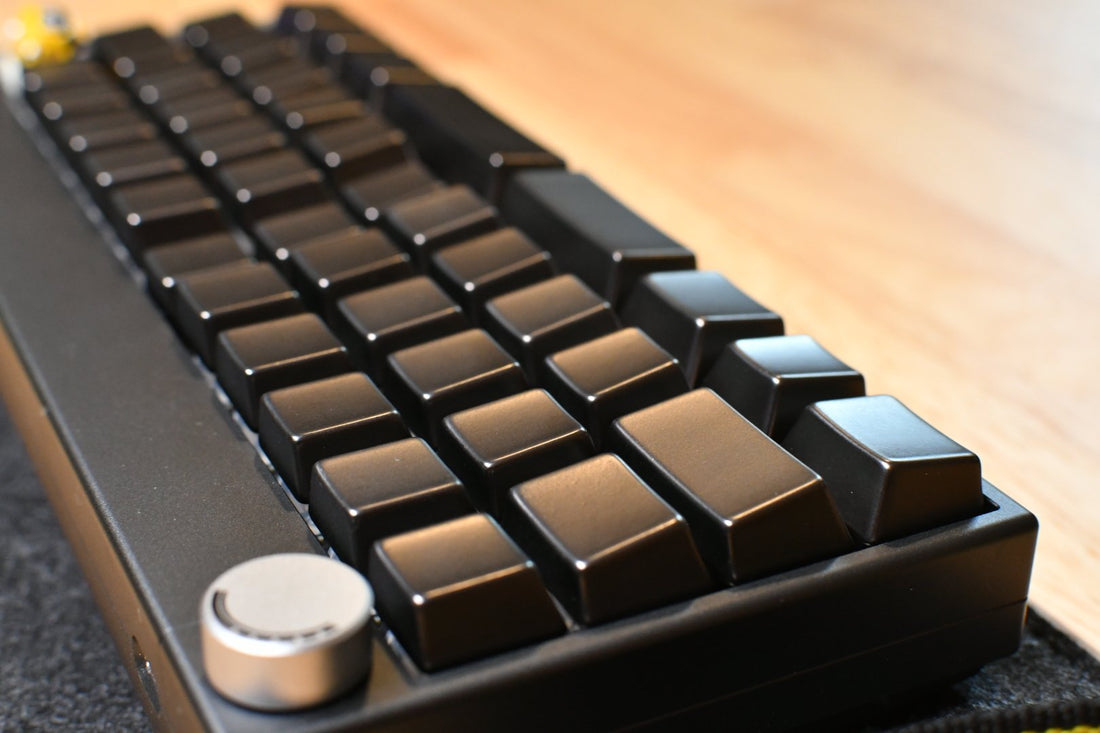Why Both Switches and Keycaps Matter
When you press a key, two main elements define how it feels: the switch and the keycap.
Switches determine actuation force, travel distance, and tactile response.
Keycaps shape texture, sound, and ergonomics.
Many beginners think switches are everything — but in reality, keycaps amplify or mute the switch’s characteristics. Choosing the right combination ensures a comfortable, satisfying typing experience.
The Role of Switches
Switches are the mechanical heart of your keyboard. They come in three main types:
Linear: Smooth keystrokes, preferred for gaming.

Tactile: Noticeable bump, great for typing accuracy.

Clicky: Audible click, satisfying but not always office-friendly.

💡 GIF Tip: Use your switch GIF here to visually explain how a switch actuates.
Switch + Keycap = Typing Personality
Think of switches as the engine and keycaps as the tires. You need both tuned to perfection.
A tactile switch with PBT feels precise.
A linear switch with ABS feels smooth but less durable.
A linear or tactile switch with Awekeys metal keycaps feels luxurious, stable, and visually striking.
The synergy defines whether your keyboard feels boring or premium.
Real Example: Awekeys V1 Switch + Metal Keycaps
For users who prefer heavier feedback, Awekeys’ V1 switch pairs perfectly with our full-metal sets. The result?
Crisp actuation from the switch
Deep, refined sound from the keycaps
Long-lasting performance thanks to durable materials
Final Thoughts
If you’ve been focusing only on switches, it’s time to rethink. Keycaps are more than decoration — they’re half the typing experience.
👉 Upgrade your setup with Awekeys metal keycaps and discover how the right pairing transforms every keystroke.



